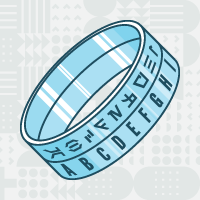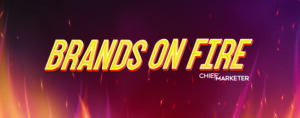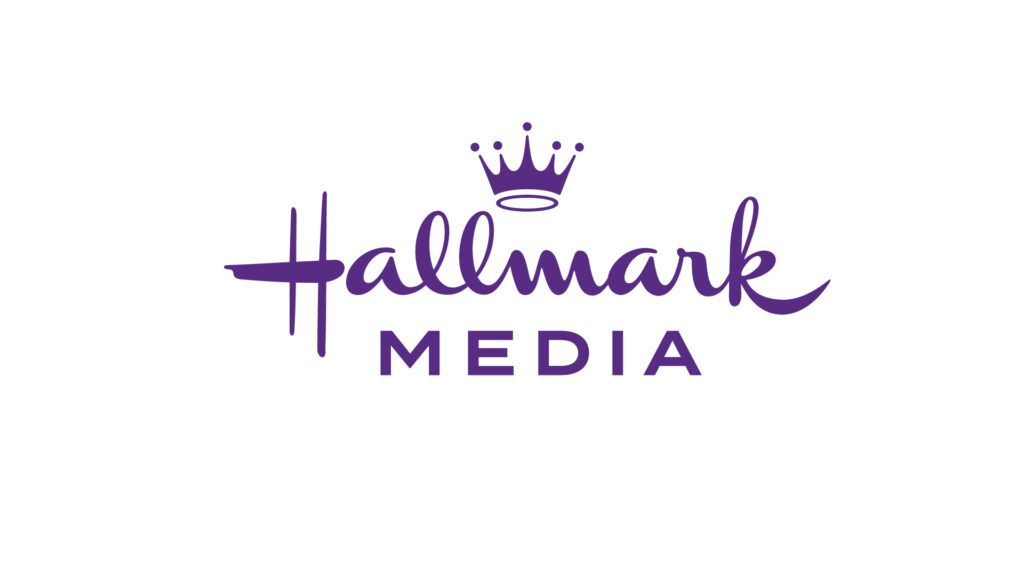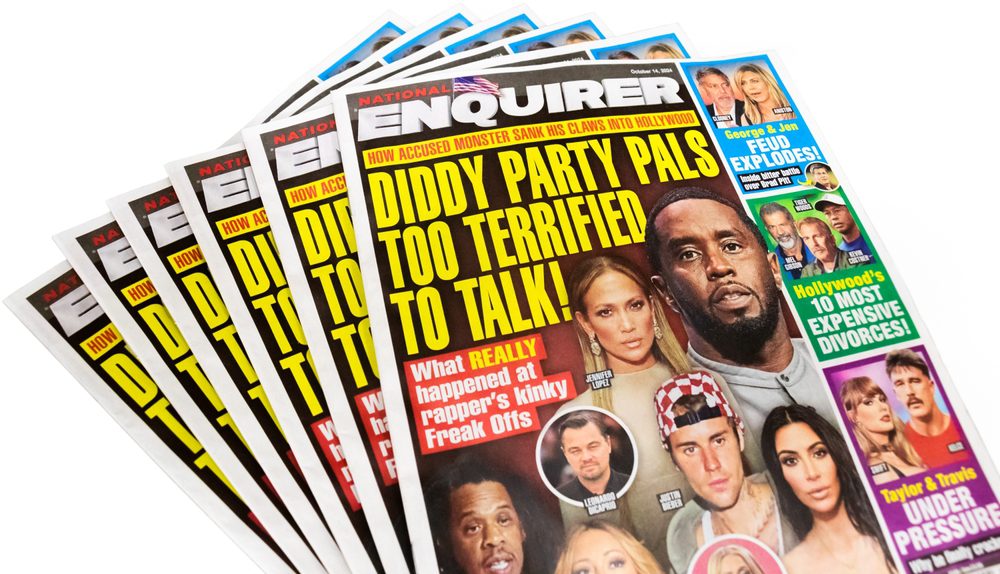Did we ever have kinder, gentler times when direct marketing simply meant “direct mail”?
We look back fondly at what we remember as happy days when we weren’t beset with e-mail scams, infomercials whose potential benefit was at best oblique, and telemarketing that actually represented marketing. Today we try to exist without succumbing to the “Gotcha!” milieu. It isn’t easy, when we see McDonald’s paying for elementary school report-card jackets in exchange for a Happy Meal coupon on the card’s cover. (Thanks, Gary Bronga of Clipeze, for ruining my day by sending me that evidence of McDonald’s über alles.)
I was chuckling over an example of deliberate misdirection — a direct mail package from a printer, offering a notebook calculator for response to a “survey.” (Typical question: “How open are you to suggestions from a print supplier that may help you improve results?” Yuck.) Circular file, here you go.
What impeccable timing: Bob Bly, a direct response writer some of you probably know, sent me a considerably more disingenuous survey mailing onto which he had written, “HGL — you should write a column about this scam.”
OK, Bob, that’s what I’m doing, because too many so-called survey mailings, both commercial and in this election year political, represent grist for those who refer to any and all messages we send as “junk mail.”
What’s both admirable and annoying is the cunning of the mailing Bob Bly sent me, labeled “Public Opinion Survey.” The heading on the letter: “How do you, as an American, view our country’s role in the world? Tell us what you think!”
As you read these words, you probably draw the same immediate conclusion we did: It’s a pitch. Oh, sure, and the “survey,” which asks the same questions we’ve seen for five years — what we think of invading Iraq, should we send troops into other countries to fight the war on terror, and what country we regard as the next biggest threat to the United States — is a thin coating for an offer of a 9-inch bowie knife, “a $59.90 value for only $4.95.” The knife comes with an officially numbered certificate of authenticity, reminding me of the days when I wrote copy for collector’s plates and wouldn’t dare offer a plate without its accompanying certificate. Oh, and a second gift, a wristwatch, is free.
The immediate question is why the survey exists at all. What does this organization (it’s a “Mint”) plan to do with the answers? No indication. Seems to me a 9-inch bowie knife “crafted in 420 stainless steel with an etched image of Buffalo Bill on the blade” should be worth the $4.95 without the survey…so building the pitch around the poll is strange, especially since the text says the bowie knife series is limited to 9,999 worldwide. (The picture of the certificate of authenticity shows number A-00059, suggesting a higher limit.) Uhh…does that mean only 9,999 survey answers will represent validity?
In a corner of the response device, the deal comes clear: “By ordering this Bowie knife you will have the privilege of receiving future issues in the ‘Wild West’ Bowie Knife Collection through our ‘FREE Examine on Approval Service…?.’?” Ah, that’s where nostalgia edges into what’s left of my brain: When I was a kid, stamp collecting was a big deal and we’d order stamps “on approval,” buying or rejecting as we chose. Survey? What for?
The most puzzling aspect of the mailing under dissection is that some integrity exists: “If you do not wish to preview future issues of the collection, please X out this paragraph.”
That leaves the question on the table: If the knife truly is $4.95…if it comes with a free wristwatch, however basic that watch might be…if the recipient can cut off delivery of future knives by x-ing out the paragraph that specifies shipment of future knives…what’s with the survey?
I’m not on the attack here, unless a question about the legitimacy of grabbing attention through a neither new nor particularly imaginative survey approach represents an attack on obfuscation. I’m guessing the sender concluded that encasing the offer inside a “survey” would increase both readership and response.
Well, OK. Suppose it does increase both readership and response. What gates does it open, gates we’d thought were rusted shut years ago, gates that revive sales techniques that lead to more skepticism?
The letter concludes, “We truly value your opinion.” Right on, guys. You have mine.
HERSCHELL GORDON LEWIS (www.herschellgordonlewis.com) is the author of 31 books, including the recently published “Creative Rules for the 21st Century.” He’s also written “Hot Appeals or Burnt Offerings,” the curmudgeonly titled “Asinine Advertising,” and “Effective E-mail Marketing.”
 Network
Network







